Earlier this morning, Apple held the opening keynote of its 2017 Worldwide Developer Conference (WWDC), with 6000 attendees and many viewers via livestream around the globe.
Usually a software-focused event, this keynote ended up being much, much more. Not only were there announcements for each of Apple’s software platforms (tvOS, watchOS, macOS and iOS), but also refreshed MacBooks, MacBooks Pros and iMacs, an entirely new iMac Pro, beefed-up iPad Pros and an entirely new product: HomePod.
To save you the hassle of reading all of Apple’s marketing material, here’s a quicker rundown of what was announced…
Software
tvOS
Apple’s software platform for the Apple TV, whilst quite easy to use and with its own App Store, hasn’t always received the most love and attention. This tradition (of sorts) continued at the keynote this morning, with the only major announcement being the addition of the Amazon Prime Video service to tvOS. Perhaps the greatest issue that has plagued Apple’s efforts in the lounge room space has been the confirmation of new content deals, particularly for its new TV app. With this new development, it’s exciting to see Apple filling the gaps. No other software developments were announced for tvOS, but I anticipate that we will continue to receive more refinements in the future, such as the fantastic dark mode and quick scrolling that have been delivered in recent updates to the platform. A renewed focus on gaming would also push people to engage more with the device, as they have done so willingly on iPhones and iPads.
watchOS
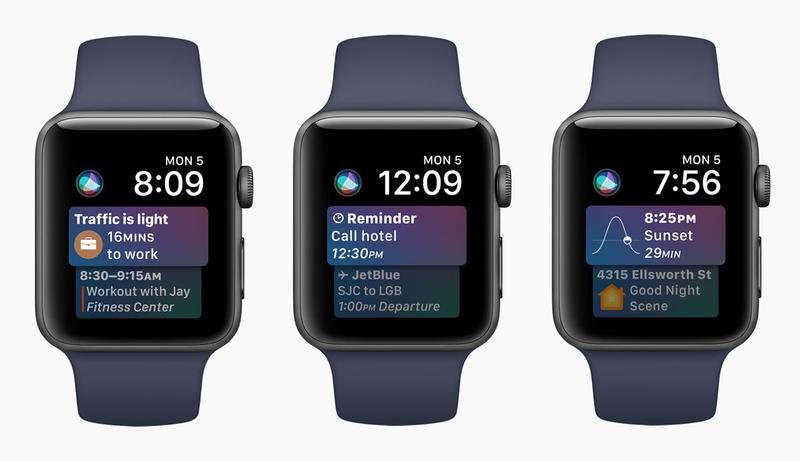 This is the platform that I was perhaps most excited to hear about prior to the keynote. Since the initial announcement of Apple Watch in 2014, Apple has come a long way in how it defines and sells its wrist-worn product. Whilst originally pitched as more of a communications device (think Digital Touch), last year watchOS 3 redefined the watch as a health and notifications tool. Building on this, watchOS 4 focuses on improved watch faces, app design and notifications, particularly for health and activity. Users can expect a new kaleidoscope face, Toy Story character watch faces and (perhaps the most useful) Siri watch face, which dynamically adjusts a range of scrolling complications that provide personal updates and link to each relevant application.
This is the platform that I was perhaps most excited to hear about prior to the keynote. Since the initial announcement of Apple Watch in 2014, Apple has come a long way in how it defines and sells its wrist-worn product. Whilst originally pitched as more of a communications device (think Digital Touch), last year watchOS 3 redefined the watch as a health and notifications tool. Building on this, watchOS 4 focuses on improved watch faces, app design and notifications, particularly for health and activity. Users can expect a new kaleidoscope face, Toy Story character watch faces and (perhaps the most useful) Siri watch face, which dynamically adjusts a range of scrolling complications that provide personal updates and link to each relevant application.
Activity notifications have also received a boost, with improved tracking and reminders giving watch users greater motivation and information about movement throughout their day. The dock and Music and Workout apps have also received update user-interfaces, making them easier to use on a small display.
This is only a preview of what is to come, however, and I anticipate that yet more features will be added once new hardware has been announced. The watch category is still in its infancy, and new hardware sensors and expanded battery will no doubt lead to further software features.
macOS
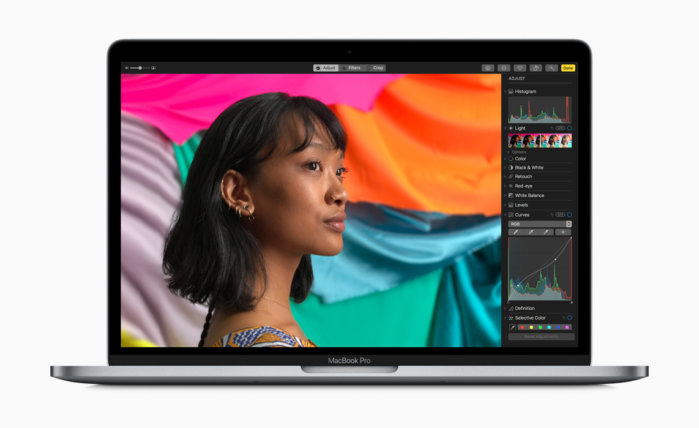
In a similar style to earlier ‘refinement’ updates (think Leopard to Snow Leopard, Lion to Mountain Lion), Apple has updated macOS Sierra to High Sierra. This also continues the naming theme of famous locations in California, which began with OS X Mavericks.
High Sierra extends apps such as Notes, Mail, Safari and Photos, adding speed, navigation and feature improvements, such as autoplay-blocking, more professional editing functions, external editor support and privacy enhancements like ‘Intelligent Tracking Prevention’ while browsing the Web.
Although likely boring for most end-users, but actually incredibly significant, High Sierra sees the introduction of the new Apple File System (APFS) to the Mac. APFS dramatically improves system performance, so things like writing, moving, copying and pasting files take much less time. The speed difference was very noticeable during the presentation, and when coupled with developments such as HEVC video, graphics improvements and new VR capability, this is a fantastic update for professional Mac users.
iOS
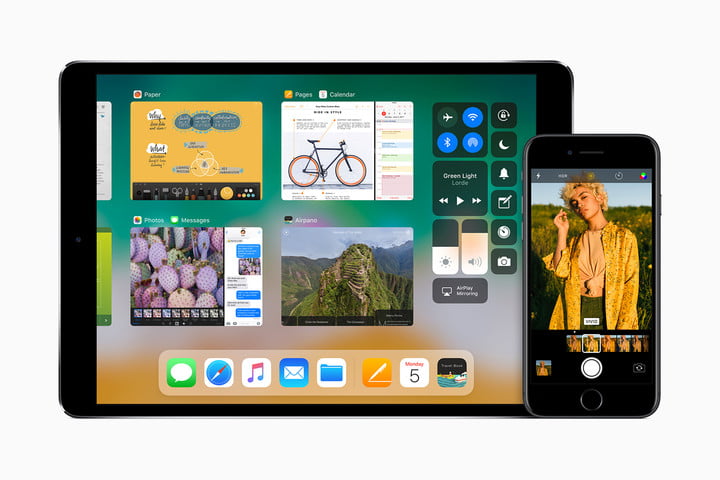
Saving perhaps the biggest update for last, iOS 11 will bring a truckload of new features when it’s released later this year. It’s actually easier to list just some of these as bullet-points:
- enhanced iPad features, such as a customisable dock, multi-touch drag-and-drop and better app switcher;
- a dedicated Files app for drastically improved file management;
- a new ARKit for developers, bringing new augmented reality features to games, apps, camera functions and more;
- improved Siri, with enhanced voices, more natural language and translation support;
- advanced editing features for Live Photos, including loop, bounce and long-exposure effects;
- Apple Pay money transfer wth friends via an iMessage app;
- a new ‘Do Not Disturb While Driving’ feature for safer driving;
- an entirely redesigned App Store and iMessage App Store;
- Maps enhancements with lane guidance and indoor mall mapping; and
- an improved, one-page Control Centre with better 3D Touch support.
iOS 11, in many ways, completes the professional enhancements that began in iOS 9. With more productive features for iPad Pro, users will now have access to much more powerful multitasking and file management, making it a much more convincing replacement for the laptop.
Hardware
Over the past few years, we have seen fewer and fewer hardware announcements at WWDC, with events in March, September and October often used for the unveiling of new Macs, iPads and iPhones. This year saw a reversal of that trend.
Mac
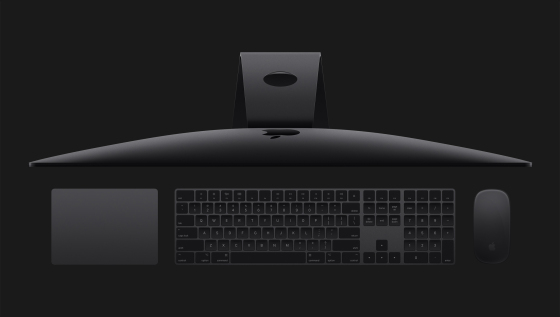
Certainly one of the biggest concerns from the pro and developer community in recent times as been that Apple has lost enthusiasm for the Mac. As more consumers flock to portable devices, and even in many cases use only a smartphone day-to-day, the Mac has seemed like the forgotten child of the line-up. Consider the delayed Mac Pro and somewhat mixed reaction to the Touch Bar, and anyone of a ‘pro level’ has had at least some cause for concern. (Frankly, I believe that most average users don’t care about this, but as much of the online discussion is held by enthusiasts, the view of this situation has become overwhelmingly negative.)
Well, today was a big reassurance to all who might have thought that Apple no longer cared about the Mac. With new Intel Kaby Lake speed bumps to the MacBook and MacBook Pro, as well as more powerful iMacs, Apple has shown that it can still keep the Mac up to date.
What is most interesting, however, is the addition an entirely new Mac: the iMac Pro. Long-rumoured and much-discussed online, the iMac Pro takes the well-known all-in-one design, but adds considerable processor, RAM and graphics upgrades, with a new space grey finish. This is clearly Apple’s way to address the ‘prosumer’ market, or in other words: more serious consumers who aren’t necessarily hell-bent on purchasing a more modular system like earlier Mac Pros. This new iMac Pro, available later in the year, should satisfy many creative professionals who thirst for a minimalist desk set-up.
iPad Pro
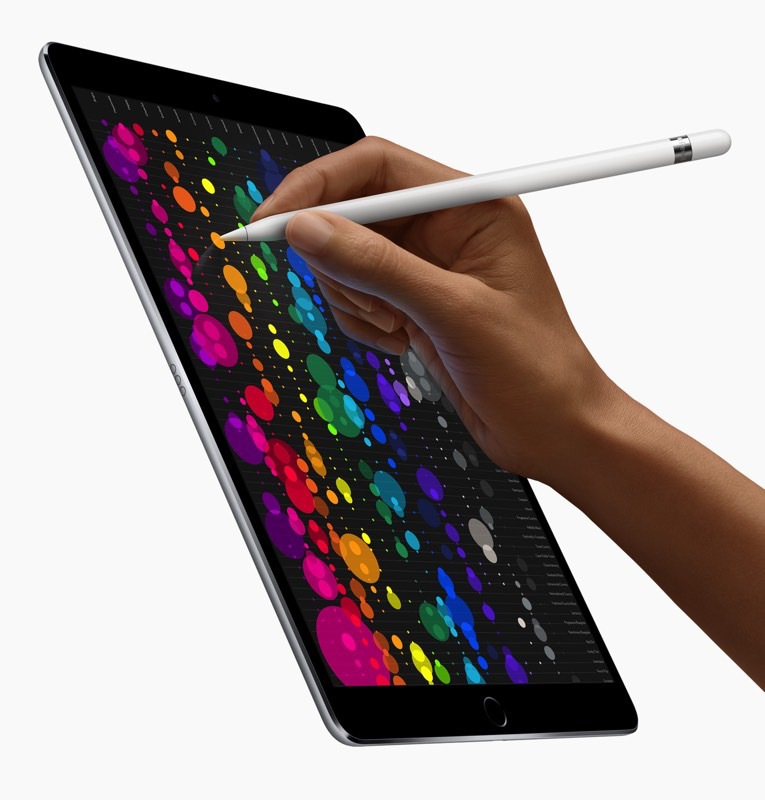
As iPad sales have continued to fall over the years, Apple has tried many things to reinvigorate and redefine the category, including iPad minis, iPad Airs, price adjustments and more. The most recent strategy, however, has perhaps the greatest chance in pushing the iPad as a full-blown personal computer. Significant speed increases, brighter displays and a new 10.5-inch version with new productivity features in iOS 11 now all position this portable category as much more attractive work machines.
HomePod
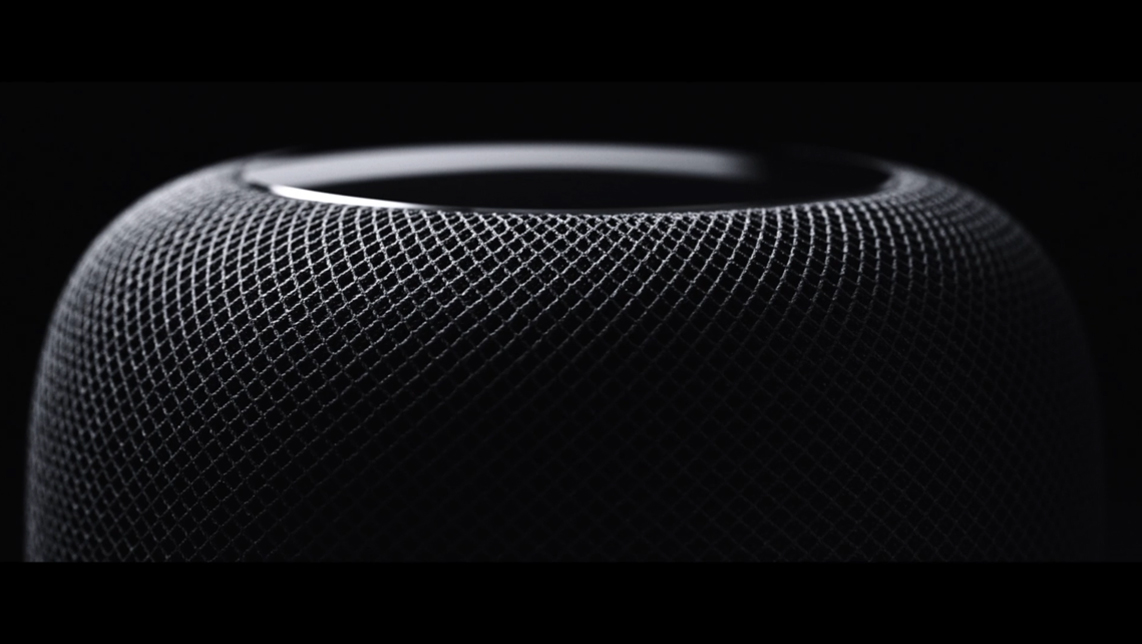
Easily the most rumoured announcement of all, Apple finally unveiled its newest product, the HomePod. Pitched as a high-end competitor to devices such as the Amazon Echo and Google Home, the HomePod combines home automation, voice assistance, quality sound and wireless audio connection and playback (think Sonos).
The particularly interesting thing about the HomePod is Apple’s emphasis on its music cred, even describing it as being a kind of resident ‘musicologist’ in your home. This product ultimately feels like a rethink of the original iPod Hi-Fi, brought into 2017 with wireless enhancements, Siri capability and integration with Apple Music. When compared to the Amazon Echo and Google Home, the HomePod is a much more fashionable, homely device (available in two colours), but it remains to be seen how well it will compete. Products like the Echo and Home are fairly well-established and have less friction for third-party device integration than Apple’s secure HomeKit platform. Also, the HomePod will only be available in three countries (US, UK and Australia) in December December, with more markets in 2018. Apple’s strength, however, is likely to be in its premium push, existing service ecosystem and superior multi-lingual support for Siri.
Conclusion
Rumours were rampant for this event, but Apple did not disappoint. Following much anxiety from Apple analysts, bloggers and creative professionals, the company managed to address pretty much every area in which it was accused of falling behind, adding meaningful software enhancements and announcing a number of hardware refreshes. Judging from previous WWDC keynotes, it was far more likely that only a small handful of hardware announcements would have been made.
I’m particularly curious to see how the iPad performs as a segment. As time goes by, the iPad seems to be settling into a longer product refresh cycle, like the Mac. iPads are so good, that many users do not feel the need to update their tablets for at least a few years. Will the enhancements in iOS 11 for iPad Pro be enough to motivate people to upgrade, as well as ditch their laptops? I’m convinced of its power as a productivity and creative content machine, but I’m not so sure about other consumers. In my mind, many average users still consider tablets like the iPad to be consumption devices, not tools for productivity, even if they are more than capable of it.
What’s important today is that Apple has shown that it can chew gum and walk at the same time, even whilst moving 12,000 employees into a newly-constructed campus. I can’t wait to get my hands on these new software updates in Spring and am eager to see what the rest of the year holds.
Image credits: Apple 2017
 This is the platform that I was perhaps most excited to hear about prior to the keynote. Since the initial announcement of Apple Watch in 2014, Apple has come a long way in how it defines and sells its wrist-worn product. Whilst originally pitched as more of a communications device (think Digital Touch), last year watchOS 3 redefined the watch as a health and notifications tool. Building on this, watchOS 4 focuses on improved watch faces, app design and notifications, particularly for health and activity. Users can expect a new kaleidoscope face, Toy Story character watch faces and (perhaps the most useful) Siri watch face, which dynamically adjusts a range of scrolling complications that provide personal updates and link to each relevant application.
This is the platform that I was perhaps most excited to hear about prior to the keynote. Since the initial announcement of Apple Watch in 2014, Apple has come a long way in how it defines and sells its wrist-worn product. Whilst originally pitched as more of a communications device (think Digital Touch), last year watchOS 3 redefined the watch as a health and notifications tool. Building on this, watchOS 4 focuses on improved watch faces, app design and notifications, particularly for health and activity. Users can expect a new kaleidoscope face, Toy Story character watch faces and (perhaps the most useful) Siri watch face, which dynamically adjusts a range of scrolling complications that provide personal updates and link to each relevant application.





